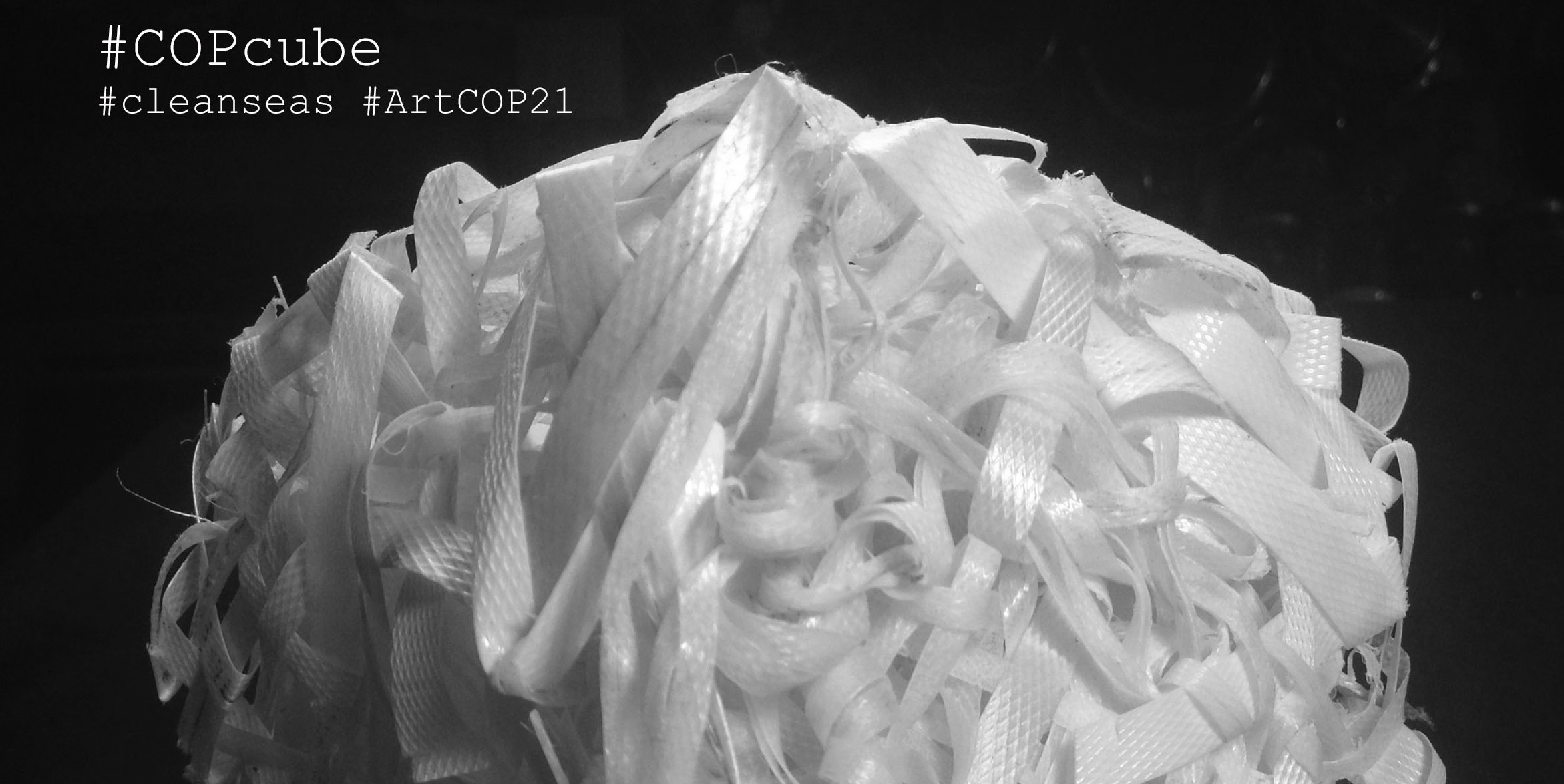The wish to be able to control the weather is a deep-seated human desire. In countries where the weather is capricious and frequently wet and stormy it is not surprising that supposed magical control of the weather has been elevated to a high art. In Iceland the importance of climate and weather in daily life is reflected in numerous literary and historical genres. The ‘Sagas of Icelanders’ (Íslendingasögur) contain many references to weather events and climatic conditions, including numerous episodes depicting control of weather by witchcraft or sorcery. Weather magic could be created by ritual acts and also by spoken spells or chants. Poetry, in particular, could be imbued with magic and the so-called kraftaskáld – the ‘power poet’ or ‘magic poet’ – was believed to possess greater powers than others. In total seventy-eight people are named as witches in Sagas of Icelanders, with Vatnsdæla saga, Bárðar saga, Eyrbyggja saga containing the greatest number of these. This last-named saga also contains some of the best-known haunting episodes in the ‘Sagas of Icelanders’. Supernatural elements such as nature spirits, witches and sorcerers, shape-shifters and the returning/walking dead (afturgangr) find poignant expression in this rich body of literature, sometimes overlapping or intersecting in interesting ways. Scholars Astrid Ogilvie, Steven Hartman and Vidar Hreinsson are collaborating on new analyses of such supernatural accounts in the saga cycle with special reference to environmental factors in the context of the international research initiative Inscribing Environmental Memory in the Icelandic Sagas. This lecture will present an illustration of Astrid Ogilvie’s work on weather and magic, with some reference to the work of her collaborators Steven Hartman and Viðar Hreinsson examining environmental risk as represented in haunting episodes.



